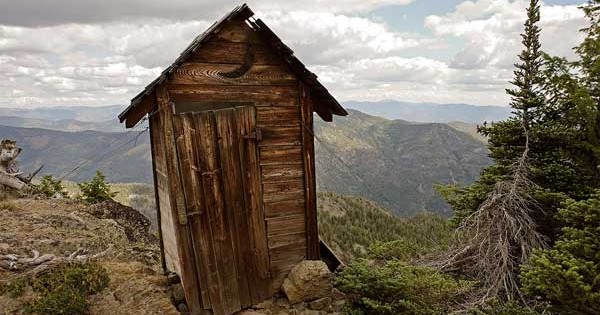
Let’s begin our talk with what plants need for fertilizer. They need nitrogen, phosphorous, and potassium. So, naturally, these are the main ingredients in commercial fertilizers. Now, our bodies excrete a substance, which is clean, which upon exit is virtually sterile, which contains large amounts of nitrogen, phosphorous, and potassium. That substance is urine.
Do I mean to suggest that we should save our urine and pour it in the garden? That would be rude, but it’s what environmental scientists in Finland did. They fertilized with urine (diluted with water) and wood ash (for calcium and magnesium). The beets, cucumbers, cabbage, and tomatoes harvested from this endeavor were reputed to be delicious, quite uncontaminated, and replete with good nutrients.
Some everyday gardeners and a few small-scale farmers are fertilizing with urine as well. An article in the magazine The Ecologist instructs to collect fresh urine in a clean, tightly covered jar, dilute with water at least 10:1 (for tender shoots or potted plants 30-50:1), and pour on roots (not leaves). Do I feel queasy? Yes, a bit.
Cut to the developing world, where clean water, sanitation, and disposal of human urine and feces are often lacking altogether. Of the world’s 7 billion people, some 2.6 billion lack access to sanitary toilets. This means people have to urinate and defecate outdoors—in yards, streets, alleys, beaches, and along riverbanks. Or else in filthy latrines that are technologically inadequate to their purpose. The cost of inadequate disposal of human waste is millions of deaths from diarrhea, including 1.5 million children each year. (These statistics come from the Seattle-based Bill and Melinda Gates Foundation and the August 10, 2012, issue of Science.) In addition, human waste grossly pollutes some of the world’s major waterways.
In industrialized countries, we have a different problem: each flush converts several gallons of drinking water into wastewater. Also, our current plumbing infrastructure mixes urine and feces, exacerbating the purifying process since urine is already pure before being contaminated with pathogen-loaded feces. Our essentially 19th-century waste-disposal infrastructure is in need of 21st-century replumbing.
One visionary initiative is being undertaken by the Gates Foundation. Last year it sponsored a Reinvent the Toilet Challenge, to “design toilets that can capture and process human waste without piped water, sewer or electrical connections, and transform human waste into useful resources, such as energy and water, at an affordable price.”
Drinking water can be extracted from urine (today, folks, we’re sticking with urine). The recovered fluid, which is safe and clean, is the drinking water of choice (the only choice) up on the International Space Station. On Earth, separator toilets would make gathering urine for use as fertilizer or even for processing back into potable water so much simpler. Among its awards, the Gates Foundation gave special recognition to a squatting, urine-diverting toilet invented by the Swiss Federal Institute of Aquatic Science and Technology (Eawag) and the industrial-design firm EOOS. The engineer, Tove Larsen, has devoted years of her life to the problem of how to separate urine from feces.
Before researching the subject I might have told her to get her head out of the toilet. Ha ha. But not any more.

